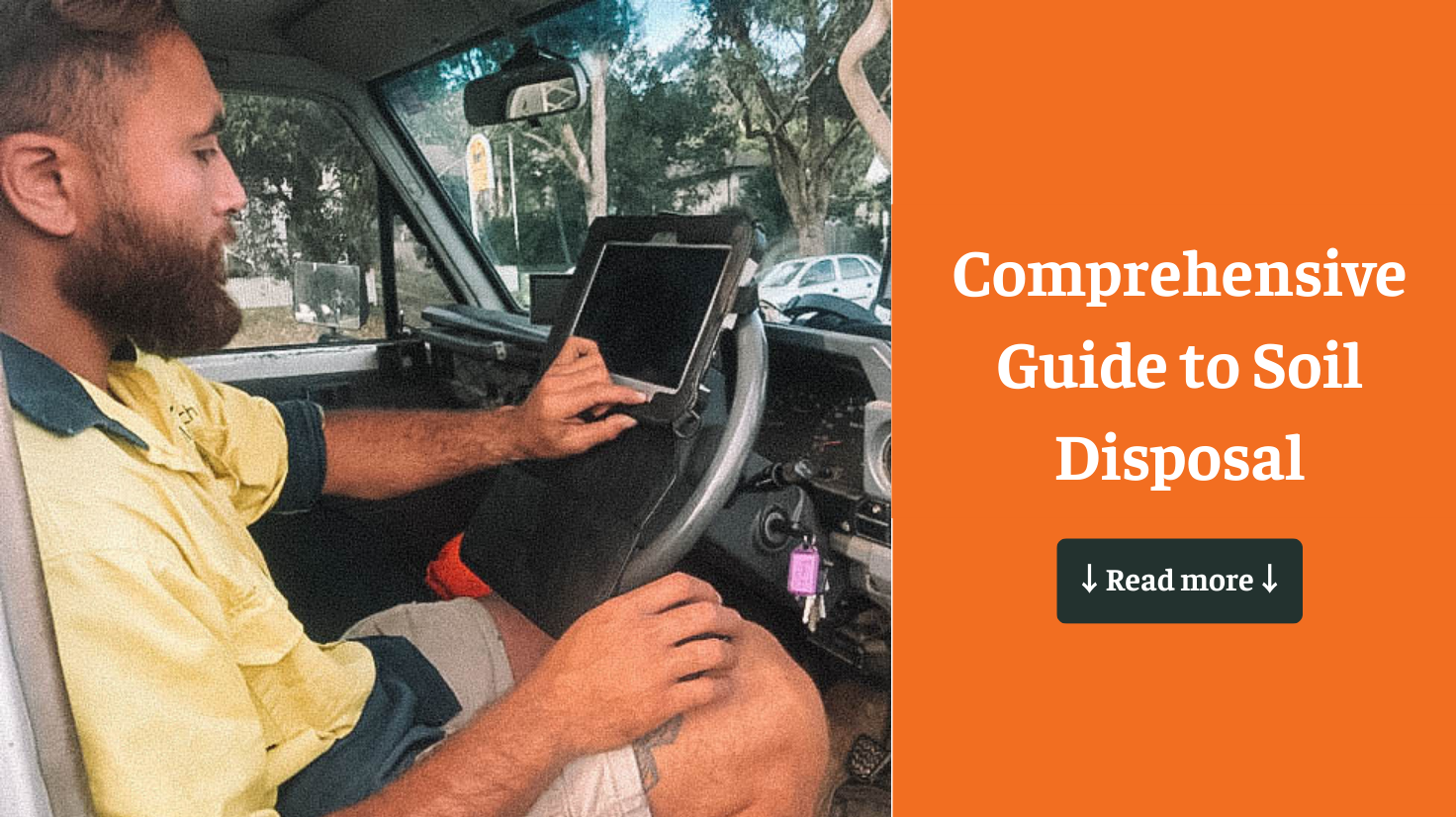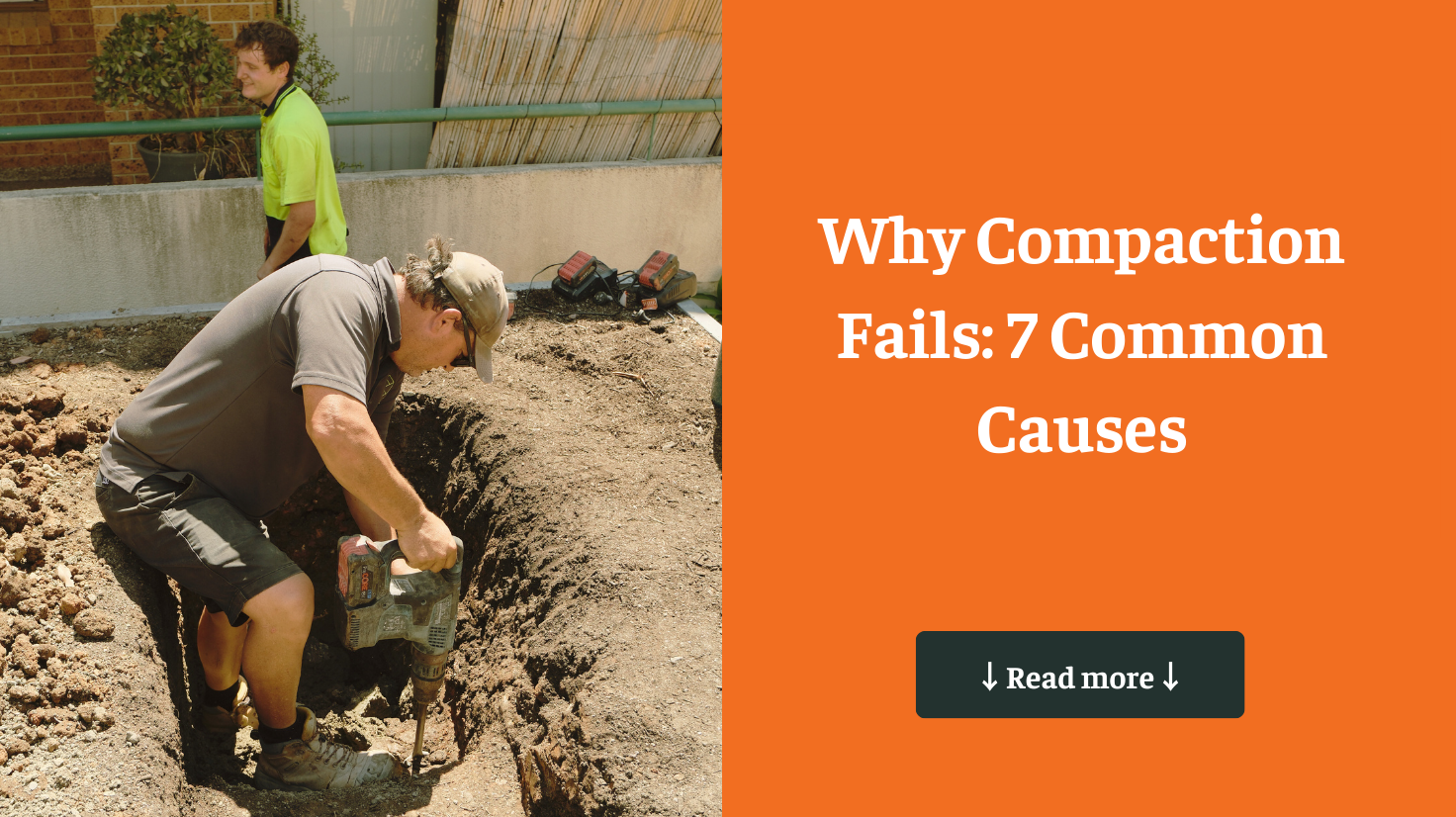Proper soil disposal is a critical component of environmental management, especially in construction projects. It ensures that potentially harmful contaminants are not released into the environment and that construction sites remain safe and compliant with regulations.
This guide offers an in-depth look at why responsible soil disposal is essential, the various methods available, and a step-by-step guide to ensure it is done correctly. We also explore the typical locations where soil can be safely disposed of, ensuring both environmental protection and regulatory compliance.
1. Why is Soil Disposal Important?
Proper soil disposal is essential for several reasons:
- Environmental Protection: Proper disposal of contaminated soil protects ecosystems, water quality, and human health. Without correct disposal methods, pollutants can leach into groundwater, rivers, and oceans, causing extensive damage.
- Regulatory Compliance: Local, state, and federal governments enforce strict regulations on soil disposal, particularly for contaminated soil. Non-compliance can lead to severe penalties, including fines and potential project shutdowns.
- Site Safety: Improper or contaminated soil disposal can cause safety hazards on construction sites. This includes risks of physical injury from unstable ground and health risks from hazardous substances. Proper disposal management keeps workers and the surrounding community safe.
2. Methods of Soil Disposal
There are several methods for soil disposal:
- Reuse and Recycling: Uncontaminated soil meeting quality standards can often be reused on the same site or other projects. This method is both eco-friendly and cost-effective, reducing waste and the need for new soil.
- Landfill Disposal: Contaminated soil, or soil unsuitable for reuse, is best disposed of in landfills designed for hazardous materials. These facilities are equipped to contain contaminants, preventing them from leaking into the environment.
- Soil Treatment: Contaminated soil can sometimes be treated to remove pollutants before reuse or disposal. Treatment methods include bioremediation (using microorganisms to break down contaminants), soil washing (using water or solvents), and thermal desorption (vaporizing harmful substances with heat).
- Composting: Organic-rich soils can be composted, breaking down the organic material into nutrient-rich compost for landscaping and agriculture. This method is environmentally friendly, recycling soil nutrients back into the ecosystem.
3. Step-by-Step Guide on How to Dispose of Soil Responsibly
- Soil Testing: The first step in responsible soil disposal is thorough testing to determine the soil’s composition and the presence of any contaminants. Testing is critical to choosing the appropriate disposal method and ensuring compliance with environmental regulations.
- Classify the Soil: Based on the results of the soil tests, the soil should be classified as clean, contaminated, or hazardous. This classification will determine how the soil must be handled and disposed of, with more stringent controls for hazardous soils.
- Choose a Disposal Method: Depending on the classification, select the most appropriate disposal method. Clean soil may be reused or recycled, while contaminated soil might require treatment or landfill disposal.
- Prepare the Soil: If necessary, treat the soil to remove or neutralize contaminants. This could involve mixing the soil with additives, aerating it to remove volatile compounds, or applying chemical treatments that render contaminants harmless.
- Transport the Soil: Arrange for the soil to be safely transported to the disposal site. It is essential to comply with transportation regulations, particularly when dealing with hazardous materials, to prevent spills or accidents during transit.
- Dispose of the Soil: Follow all relevant regulations and guidelines for the final disposal of the soil at the chosen location. This may involve obtaining permits, ensuring that the disposal site is properly equipped to handle the soil, and following all legal procedures to complete the disposal process.
- Documentation and Reporting: Maintain comprehensive records of the disposal process, including soil test results, transportation details, and documentation from the disposal site. This is crucial for demonstrating compliance with environmental regulations and can be important for future audits or inspections.
4. Typical Locations Where Soil Can Be Disposed Of
- Construction and Demolition Landfills: These specialized landfills are designed to handle various types of construction waste, including soil. They are equipped to manage potentially contaminated materials and prevent environmental damage.
- Hazardous Waste Landfills: For soil that is classified as hazardous due to high levels of contamination, these landfills offer a secure disposal option. They are designed to contain hazardous materials and prevent them from entering the environment.
- Recycling Centers: Some recycling facilities accept clean soil for reuse in other construction or landscaping projects. This is a sustainable option that minimizes waste and conserves natural resources.
- Composting Facilities: Soils rich in organic material can be taken to composting facilities, where they are processed into compost. This method is environmentally friendly and supports sustainable agriculture and landscaping practices.
5. Conclusion
Proper soil disposal is essential for environmental protection, regulatory compliance, and site safety. By understanding the importance of soil disposal, the methods available, and following a responsible disposal process, you can ensure that your projects are managed sustainably and safely.
For more information on soil disposal and professional soil disposal services, visit Ideal Geotech’s website. Ensure your projects are environmentally compliant and responsibly managed with expert soil disposal solutions.







